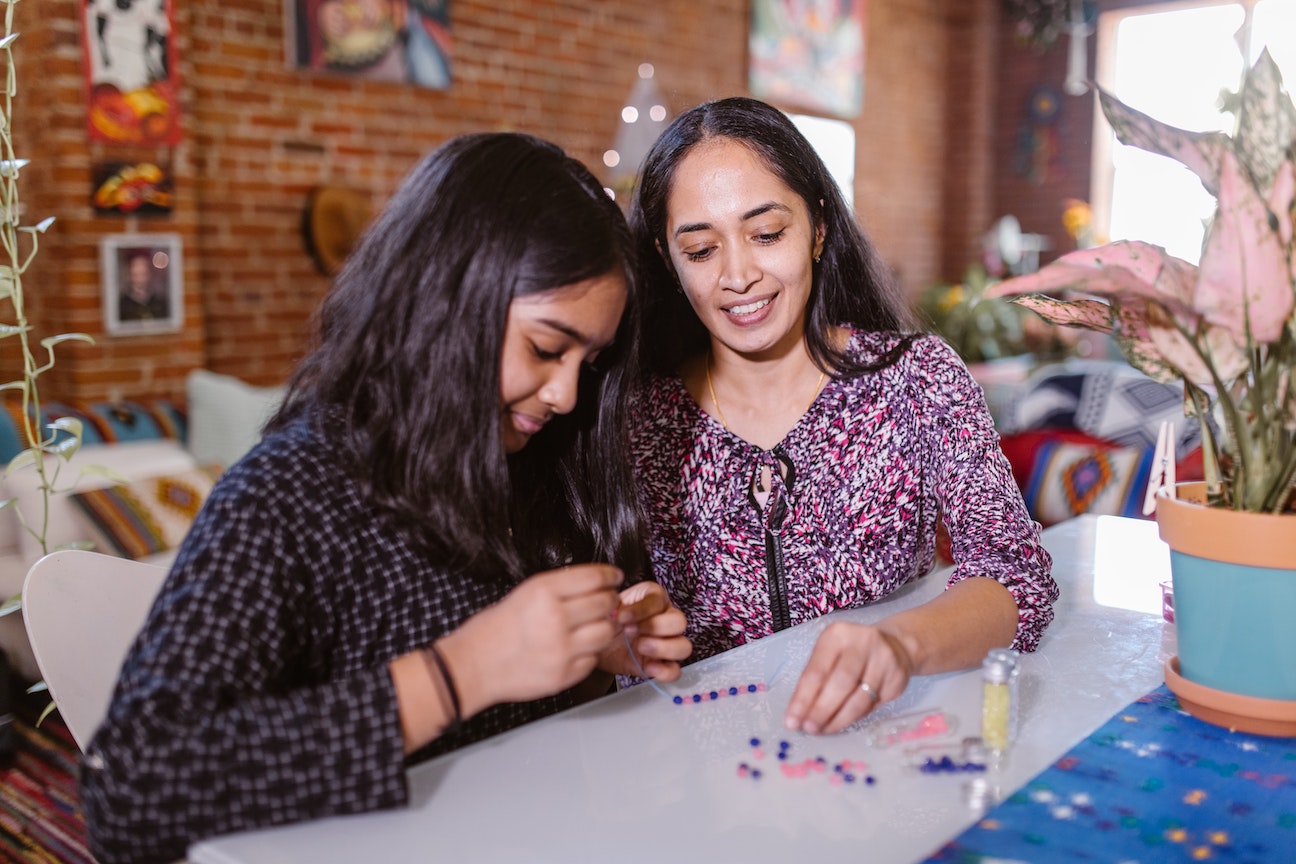Why Should We Care About Domestic Violence?

Two popular myths about domestic violence are that it happens to a certain ‘kind of woman’ and that it happens because of ‘marital problems’. The facts are quite contrary. Domestic violence is not about some woman somewhere getting beaten by an angry, out-of-control man. It is about power and control. It is a process of deliberate and systematic intimidation by the abuser to coerce the victim to comply with his will. The violent man is not out of control. He is a man who willfully pushes his own agenda, which is to train his partner to be what he wants her to be. Violence is not his last resort. It’s his weapon of choice. The tactics he uses are similar to those used by interrogators in prison camps and torture chambers. And the effects on the victim usually produce a similar set of symptoms –that of post-traumatic stress disorder, the syndrome seen in survivors of rape, incest and war.
According to the National Centers for Disease Control, “more women are treated in emergency rooms for battering injuries than for rape, muggings and traffic accidents combined.’’ Women suffer brain damage, disfigurement, mutilation and paralysis as a result of this violence. And countless miscarriages, birth defects and HIV infections have been directly linked to battering by a domestic partner. The statistics that fly around are mind numbing: a woman is assaulted every 16 seconds; a woman is killed by a partner every 6 days. Over 70% of incarcerated women are serving sentences for killing their intimate partner. Tragically that is the only way out for many women – to either kill or get killed.
While we can quibble about statistics, what we cannot quibble about is this fact. When a woman encounters violence, it reverberates from her home to her community and infests the entire social system. She becomes the casualty on the battlefront, but the collateral damage that follows is uncontainable. The kid who guns his classmates, the teenager on a shooting rampage in a mall and the rapist around the block – all very likely grew up in a home where violence was the only language they knew. Violence impacts everyone it touches–the victim and the witness. And the witnesses usually are the hapless children of family violence whose rage and trauma often land them in rehab centers, psychiatric clinics and prison cells.
Violence against women is not the problem of one woman and one family. It is everyone’s problem because we are all touched by it in one way or the other. Acknowledging that it exists is the first step. To commit to stopping it is the next. I encourage you to break the silence and stop the violence. Get informed on the subject, recognize the early warning signs and don’t look the other way when you suspect abuse.
Because God forbid, tomorrow it could happen to you.
Meera Jain

